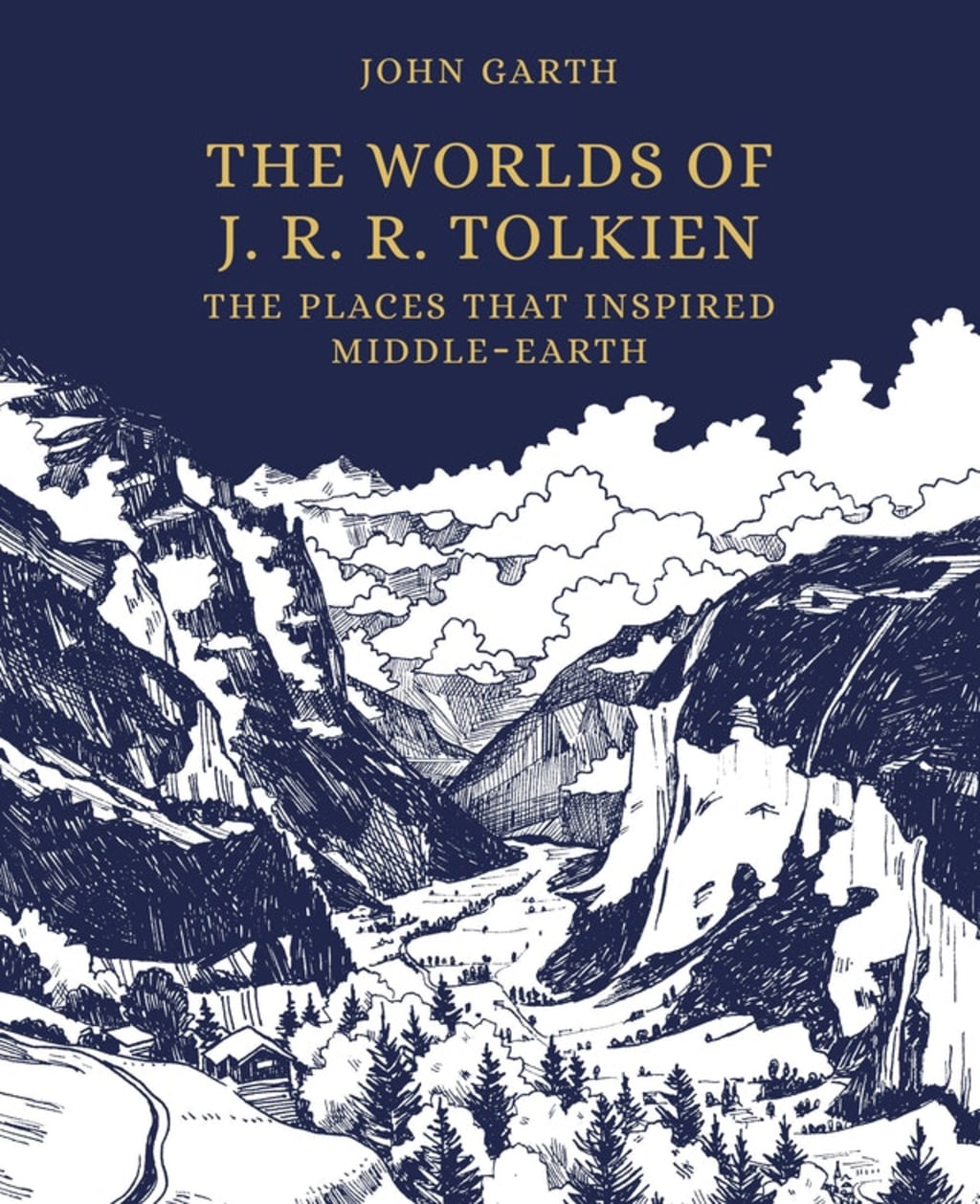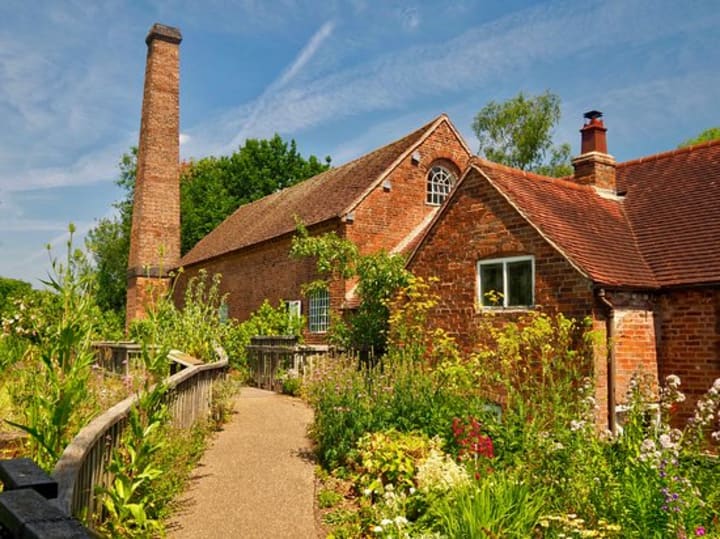Real Places in Tolkien's Middle-earth
John Garth's new book, The Worlds of J. R. R. Tolkien, is due this summer

John Garth is a well-known writer within Tolkien studies. His work focuses mainly on the ways that the Great War shaped Tolkien's works and entire mythology itself. Tolkien and the Great War discusses this at length. If you have seen the films or even last year's biopic, Tolkien, starring Nicholas Hoult, then you probably know a few of these examples yourself already.
Consider the Dead Marshes, for instance, in The Two Towers when Frodo, Sam, and Gollum are passing through the secret way toward Mordor. Here lie the bodies of Elves, Men, and Orcs who fought in the War of the Last Alliance against Sauron, the battle where Isildur took up Elindil's sword, Narsil, and cut the Ring from Sauron's hand. Consider the faces that stared up at the Hobbits from the waters, how haunting and abstract and purely Gothic. Both mesmerizing and horrifying. Tolkien, who fought at the Battle of the Somme in 1916, saw his own Dead Marshes in the trenches themselves, where dead soldiers lay partially submerged and where the rest of them lived while they fought.

In many more ways, the war directly influenced Tolkien's writings, which he worked on during that time. The enlisted men who served under him, for instance, he believed full of unwavering bravery and courage, and off of whom he based Samwise Gamgee. The horrors of that War that he and so many of his Inklings colleagues experienced are reflected in the very tone of The Lord of the Rings and the Evil in it. So too, is the Evil of the Second World War applicable in the text, though Tolkien refused the idea that Sauron was in any way allegorical to Hitler.
When readers who are interested in Tolkien begin digging, they find many ways that the author's life became a part of his work. His love of nature and trees, for instance, is clearly reflected in rolling green country of the Shire and in the power and dangerous majesty of the Ents. Saruman and his metal and industry in Isengard is a moving example of the dangers of industrialization and the waste of land that war leaves in its wake. And part of the reason that the loss of that land, as well as even the threat of its loss, is because many of these lands were inspired by actual places that Tolkien knew and saw destroyed himself.
Some of these secrets are discovered in Tolkien's letters and in biographies such as Humphrey Carpenter's and Tom Shippey's, and include childhood mills and farms he and his brother, Hilary, explored, as well as certain buildings in the Oxford campus itself--though I won't divulge any of those secrets here. Many are places that still stand and that you can actually visit--as many Tolkien enthusiasts do, calling it the Tolkien Trail. I am excited for Garth's new book where he explores these in even more detail. There are many documentaries you can easily search on youtube to see him discuss some of these examples alongside fellow Tolkien scholars, and in regard to this book, there is even a book talk he gave earlier this month as part of the promotion.

If you enjoy Tolkien's work or any of the films about them, it can be incredibly interesting to learn how reality weaves its way into the world's best-known fantasy. If you are a history buff as well, then there is no better subject to embrace! To end, I will provide a blurb on the book from his website, and urge you to keep the name John Garth on your radar! Join me in following him on Facebook and other social media sites to stay up-to-date.
‘Garth identifies the locales that served as the basis for Hobbiton, the elven valley of Rivendell, the Glittering Caves of Helm’s Deep, and many other settings in Middle-earth, from mountains and forests to rivers, lakes, and shorelands. He reveals the rich interplay between Tolkien’s personal travels, his wide reading, and his deep scholarship as an Oxford don. Garth draws on his profound knowledge of Tolkien’s life and work to shed light on the extraordinary processes of invention behind Tolkien’s works of fantasy. He also debunks popular misconceptions about the inspirations for Middle-earth and puts forward strong new claims of his own.’
The Worlds of J.R.R. Tolkien: The Places that Inspired Middle-earth – out on 19 May 2020 from Frances Lincoln in the UK; 2 June from Princeton University Press in the US.
About the Creator
Bryana Fern
English major who never left college. Lover of Victorian novels, Ravenclaw, and Rivendell. Teaching applications at Hogwarts and Starfleet Academy still pending. Find me on Instagram @coffeenerd.writer and Twitter @bryanafern






Comments
There are no comments for this story
Be the first to respond and start the conversation.